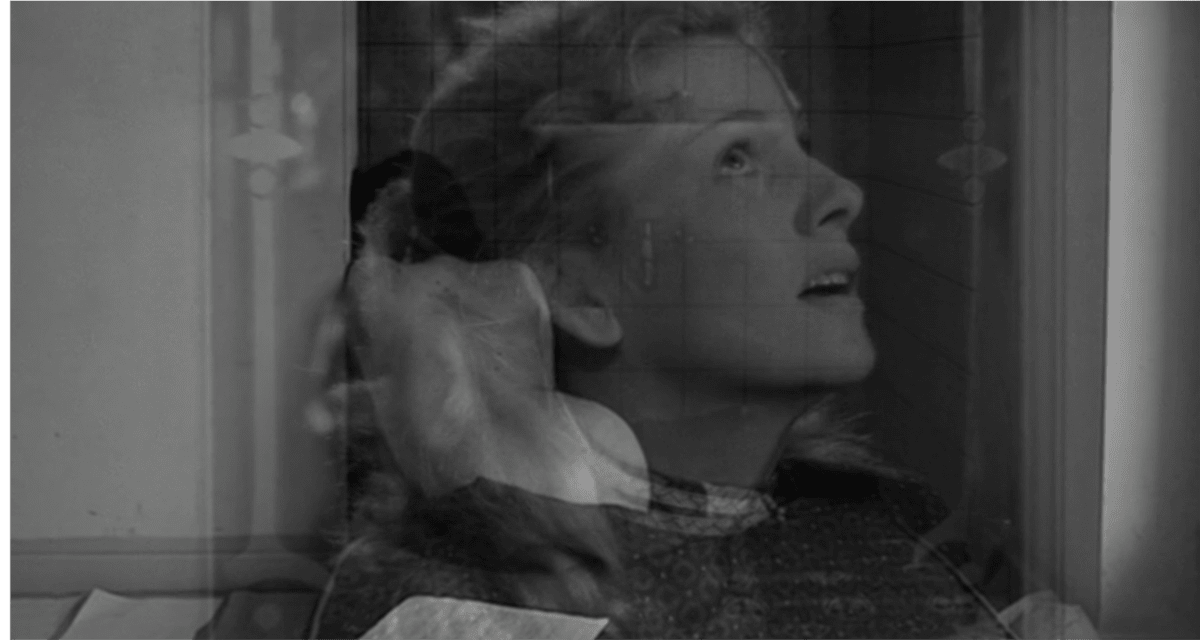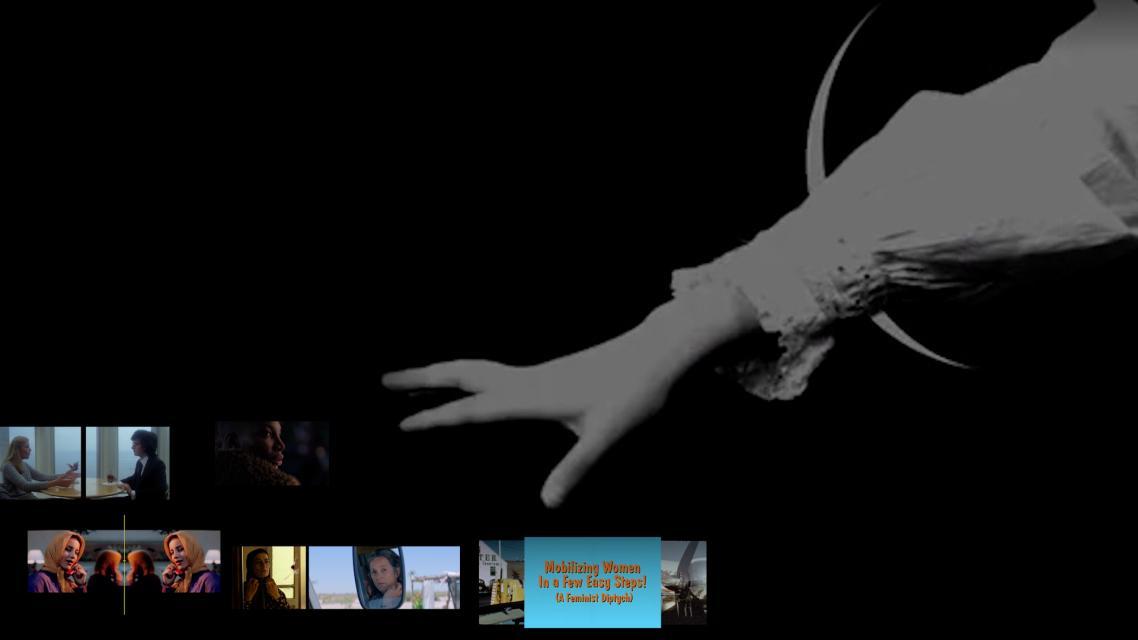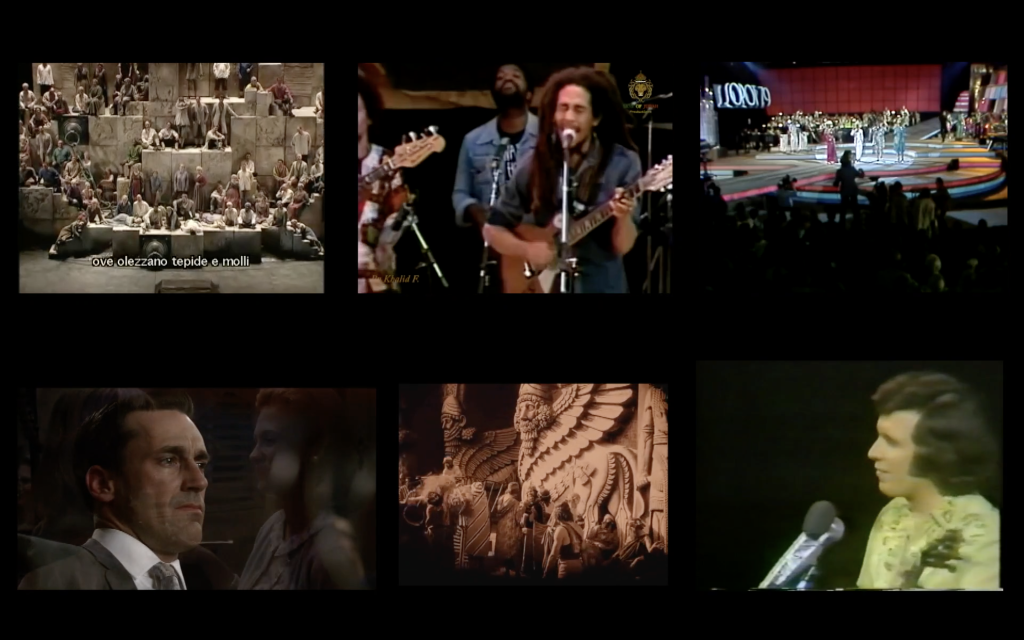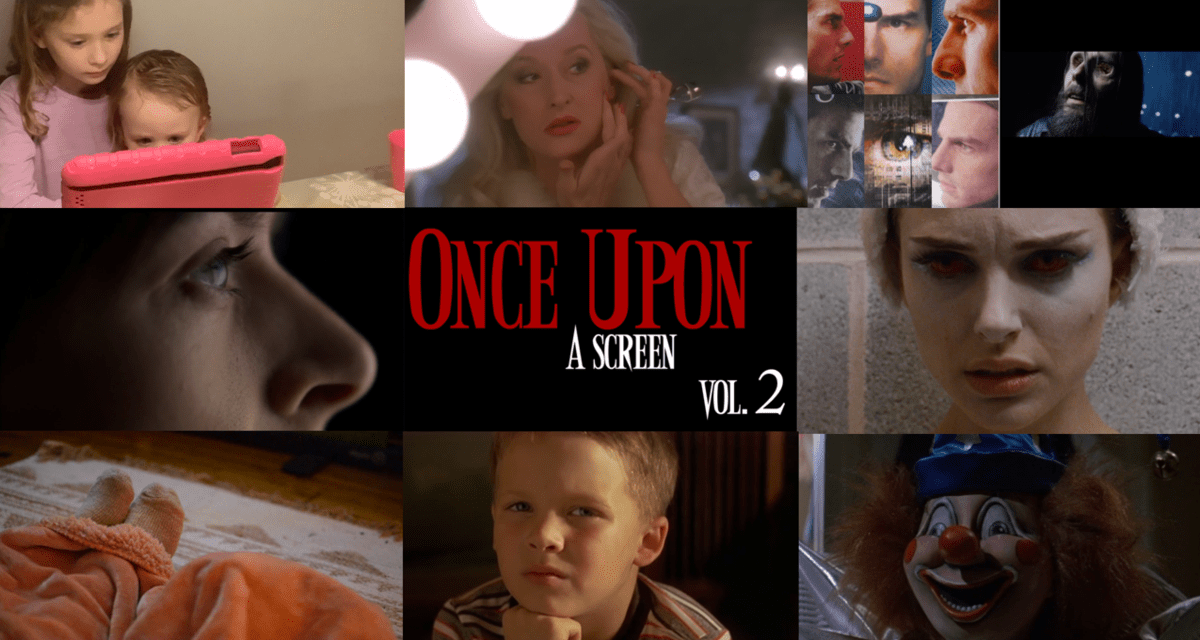Special Pedagogy Issue: The TV Dictionary
Guest Editor's Introduction by Ariel Avissar
This is the second of two special issues devoted to videographic pedagogy, highlighting student work. The first issue showcased videos made by my own students in response to existing video essays; this issue presents and reflects on a curated selection of videos made by various students as part of the “TV Dictionary,” a collaborative videographic project devoted to television. The project is premised on a simple prompt: each video attempts to capture the essence of a particular television series using a single word, by juxtaposing the dictionary definition(s) of that word with a clip or several clips from the series. I started it in July of 2021, and invited others to join in – which they did in spades; as of December 2023, 112 videos have been made by 50 makers worldwide; the collection as a whole or individual entries have received numerous mentions on Sight & Sound’s best video essays polls for 2021 and 2022, and many others have expressed an interest in making their own entries, or in applying the prompt as part of their teaching.
I believe at least part of the appeal of this parameter-based prompt, in the context of videographic TV studies, is in the (relatively) narrow focus dictated by the selection of a single word (and in many cases, a single clip as well) – a welcome focus, as the long-form serial nature of television texts and the at times immense amount of raw material available can make videographic engagement seem daunting to begin with (for both the scholar and their editing platform). The project thus holds interest for scholars of television, videographic and otherwise, as an example of “videographic telephilia” that offers a productive range of avenues of engagement with televisual texts.
While the prompt itself is quite simple, the various videos in the collection have responded to it in very different ways, applying a diverse range of formal and stylistic choices, at times sombre, at times playful; at times adopting the tone and language of the chosen series, at times deconstructing or subverting them. Some of the contributors are well-established videographic practitioners, who welcomed the opportunity to apply this new perspective on their own objects of research and fandom, in some cases incorporating their entries as part of their broader videographic and theoretical projects; for others, scholars and fans of television, this was a first dabble in videographic criticism, one that will hopefully lead to further experimentation with the form.
In 2022, I sent out a special call for entries, inviting student contributions to the TV Dictionary. Out of the numerous student submissions made in response to the call, this issue presents a curation of seven videos that I felt made the best use of the premise of the project, and that opened new ways of looking at the material and of contextualizing it within broader frames of reference. This diverse offering represents, in my opinion, some of the best, most thoughtful, and most inventive work in the TV Dictionary as a whole. Each student’s work is presented alongside another entry from the collection, with which it shares certain formal, thematic, or generic characteristics. The pieces are also accompanied by creators’ statements by the student makers, and written reflections by the makers of the accompanying videos, reflecting on the students’ pieces and on their relation to their own. I hope this selection of videos and written reflections will serve to highlight the pedagogical potential of the TV Dictionary project, and will perhaps inspire other teachers to use it in class, and other students and makers to contribute to this ongoing endeavour.













